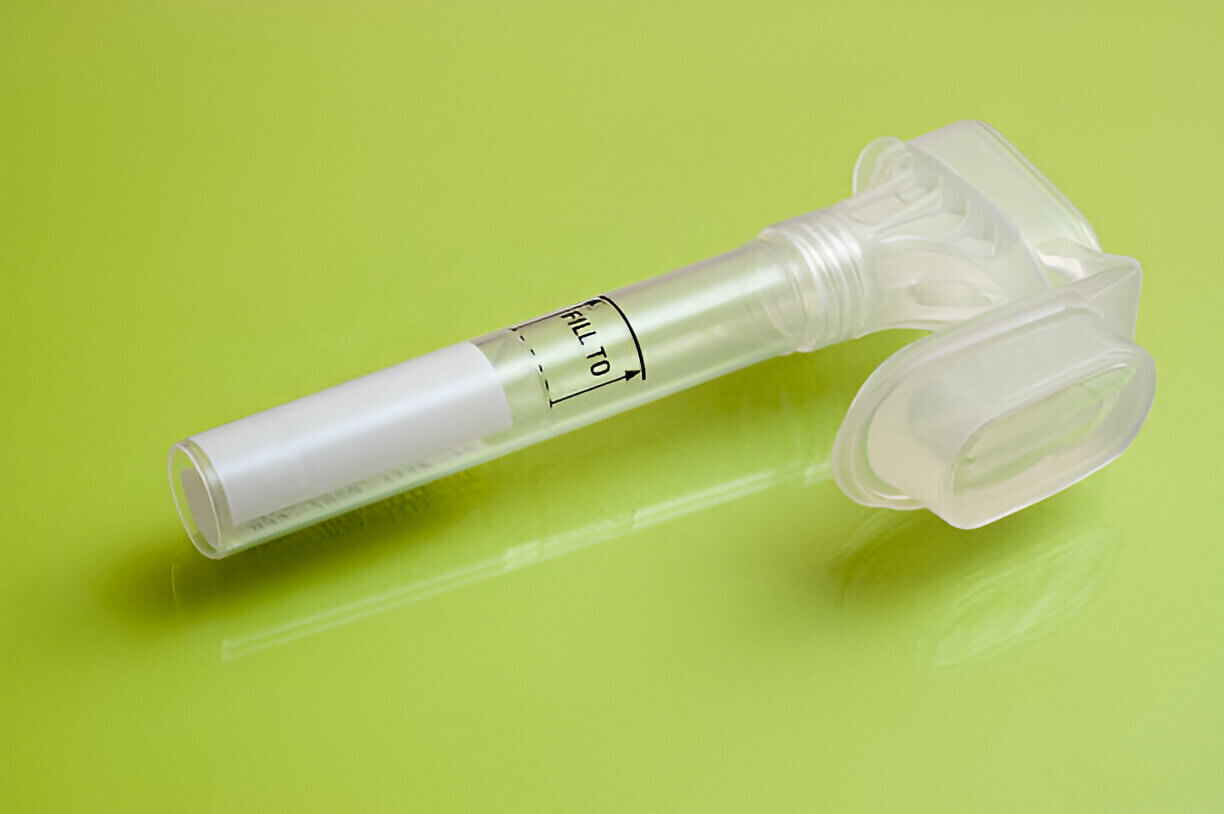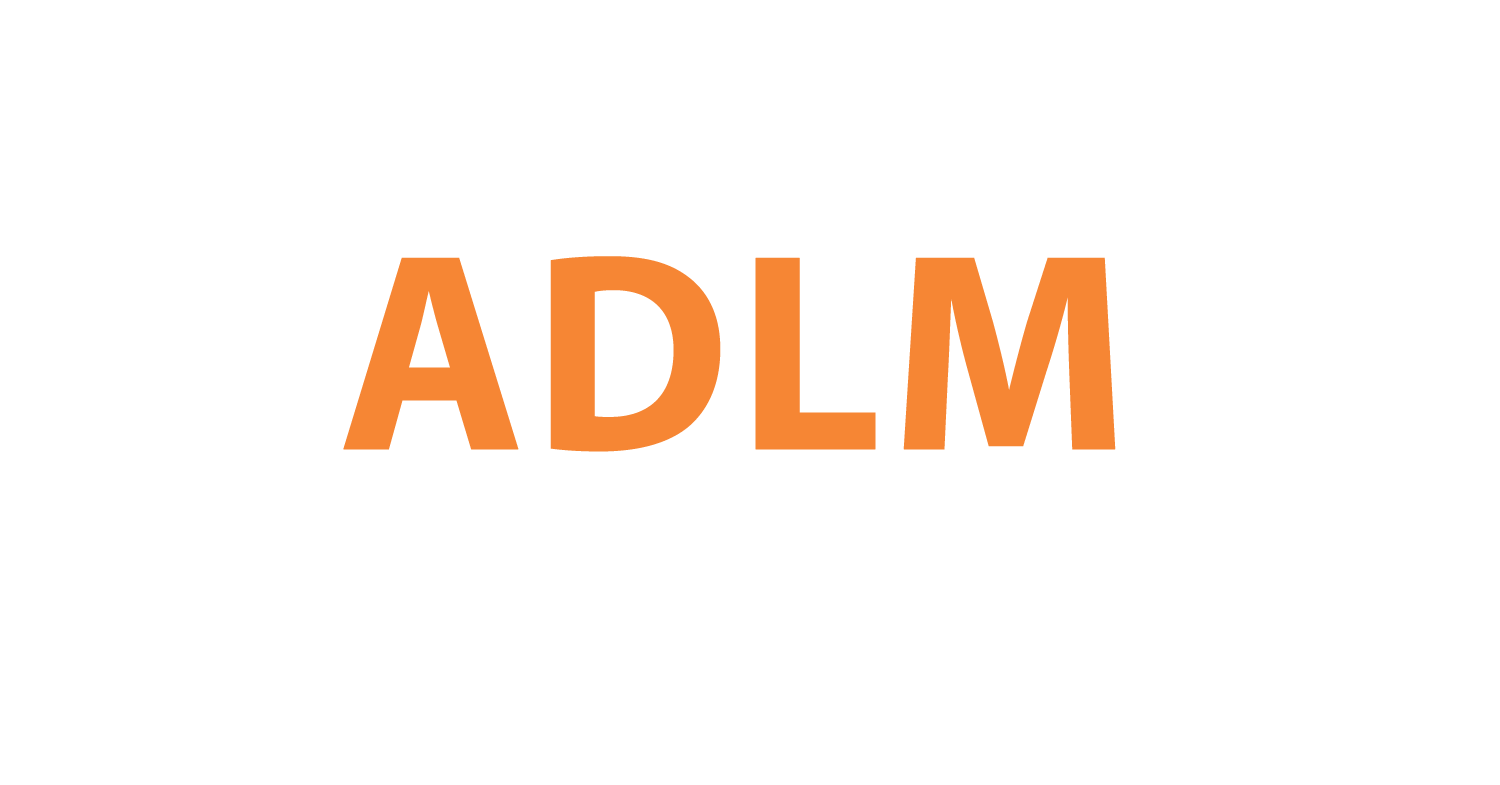How to Collect DNA From Saliva

Saliva presents a viable and advantageous source for obtaining human DNA, offering a non-invasive and convenient alternative to blood samples. While various protocols exist for DNA extraction from saliva, the choice of protocol and storage time can significantly impact the quantity, purity, integrity, and amplifiability of the recovered DNA. Researchers should carefully evaluate their specific requirements and the strengths and limitations of each protocol when designing studies involving DNA analysis from saliva samples.
Why Use Saliva for DNA Collection?
Collecting DNA from saliva offers several advantages over traditional blood samples. Saliva collection is non-invasive, painless, and poses minimal risk of disease transmission. It requires no specialized personnel for collection, allowing individuals to provide samples remotely. Moreover, saliva does not clot and can be frozen before DNA extraction, potentially extending storage time. Compared to blood, saliva contains a mixture of DNA from epithelial cells, leukocytes, and microorganisms in the oral cavity, making it a rich source of human genetic material.
What Components Contribute to DNA in Saliva?
Human saliva contains a complex mixture of DNA sources. On average, 1 mL of saliva contains approximately 430,000 epithelial cells, 136,000 leukocytes, and billions of bacteria and other microorganisms. Epithelial cells, which are continuously shed from the oral mucosa, contribute a significant portion of the human DNA present in saliva. Additionally, leukocytes present in saliva provide another source of human DNA. However, the DNA extracted from saliva may also contain non-human genetic material from the diverse microbial community residing in the oral cavity.
How Can Saliva be Collected and Stored?
Saliva can be collected through various methods, including expectoration into a collection tube, swabs, cotton spit wads, cytological brushes, or mouthwash with saline. For optimal DNA preservation, saliva should be collected without food, drink, smoking, or kissing for at least 30 minutes prior to collection. Once collected, saliva samples can be aliquoted and stored at -20°C or lower for extended periods. Some commercial kits provide suspension buffers that stabilize and preserve saliva for DNA extraction.
What DNA Extraction Protocols are Available?
Several DNA extraction protocols are available for saliva samples, including commercial kits and laboratory-based methods. Commercial kits, such as Oragene DNA and QIAamp DNA Mini Kit, offer standardized and convenient procedures for extracting genomic DNA from saliva. Alternatively, laboratory protocols like ammonium acetate precipitation or the InstaGene Matrix method provide more cost-effective options, but may yield varying results in terms of DNA quantity and quality.
How Do Storage Time and Extraction Protocol Affect DNA Quantity and Quality?
The quantity and quality of DNA extracted from saliva can be influenced by both the storage time and the extraction protocol used. Generally, longer storage times tend to decrease the DNA quantity, with some exceptions. The purity of DNA, as assessed by spectrophotometry, is usually not affected by storage time for commercial protocols but may decrease for non-commercial methods when saliva is stored for extended periods. Additionally, DNA integrity, as determined by electrophoresis, varies significantly among protocols, with some protocols consistently extracting unfragmented DNA, while others yield fragmented or undetectable DNA, particularly with longer storage times.
Can Extracted DNA be Amplified by PCR?
Polymerase chain reaction (PCR) is a common technique used to amplify specific DNA regions for analysis. The ability to amplify extracted DNA using human-specific primers can serve as an indicator of whether significant amounts of human DNA were successfully recovered. Most protocols, except for those involving harsh chemicals or conditions, typically yield DNA samples that can be amplified by PCR using human-specific primers, regardless of storage time. However, the efficiency of PCR amplification may be influenced by the integrity and purity of the extracted DNA.
Click to View → Mantacc TY-001 Integrated Saliva Collection Kit
Mantacc integrated saliva collection kit comprises a unified, streamlined collection funnel tube, a 5ml preservation solution tube, and a collection tube cap. Its integrated design simplifies the sampling process and eliminates the risk of inadvertent consumption of the storage liquid. By avoiding direct contact with the mouth or hands during the collection, it ensures the storage liquid remains uncontaminated and spill-free











